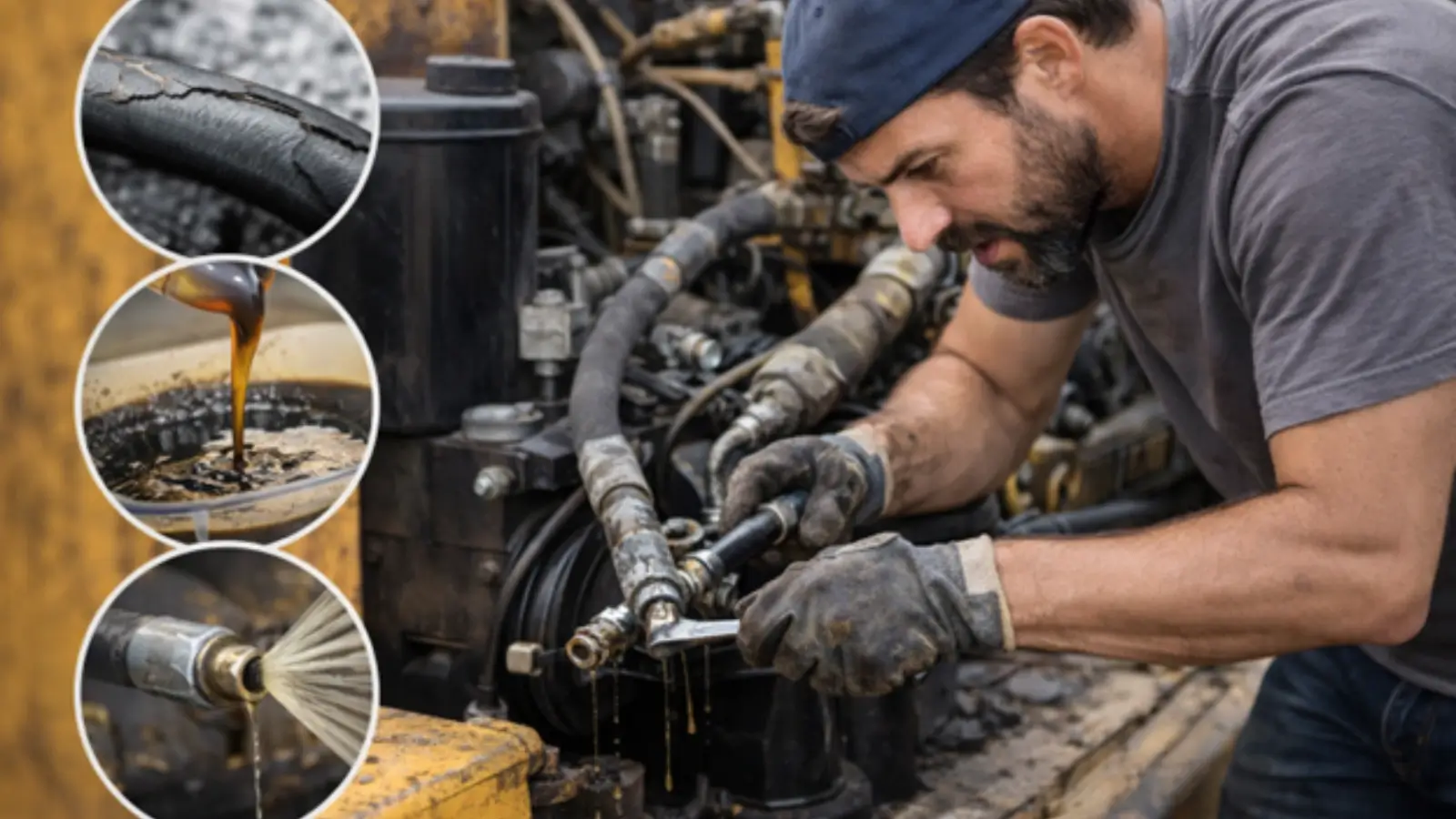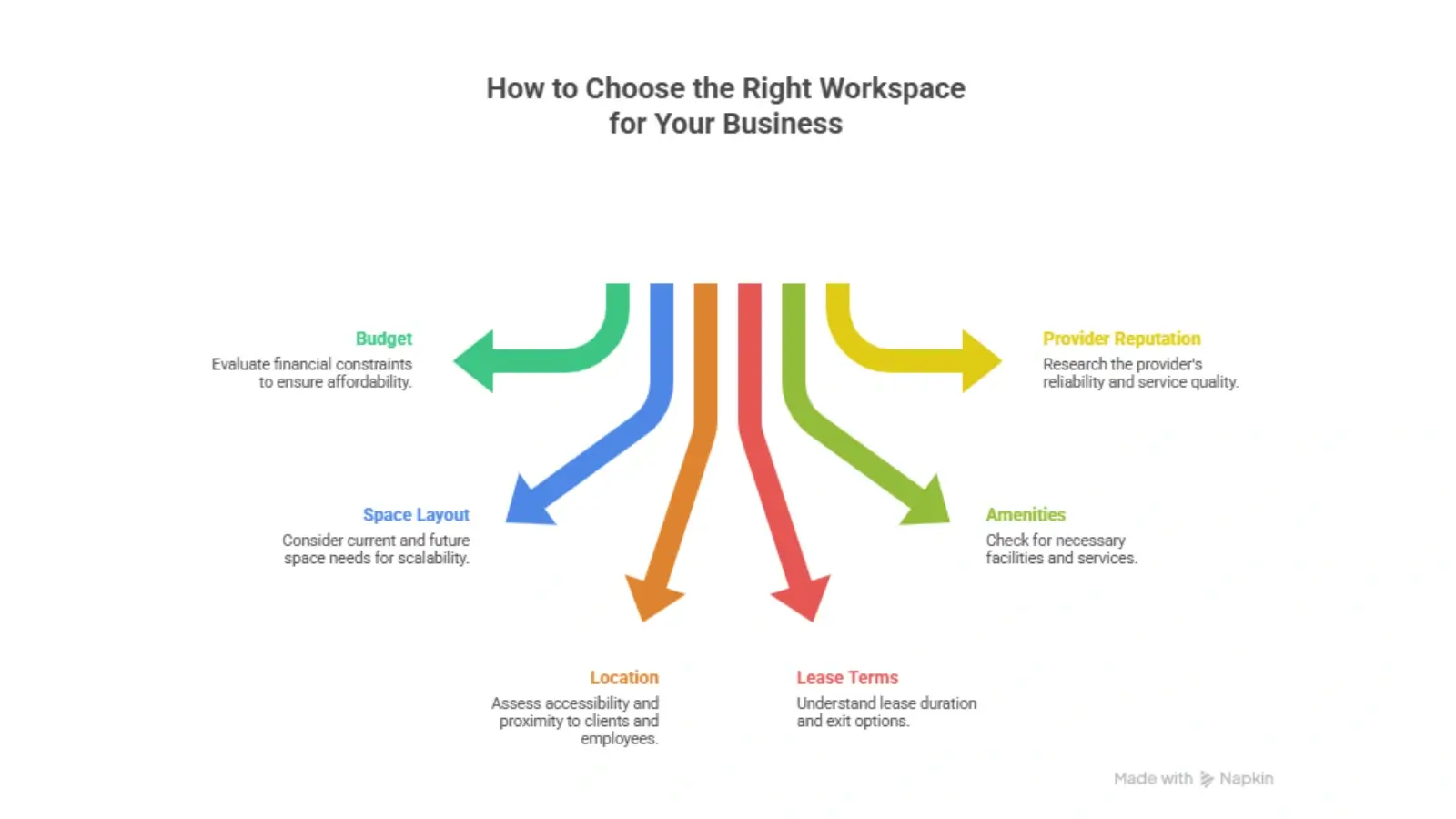Soil erosion is not a standalone trigger behind environmental pollution. When the particles like clay, sand, silt, or other fine particles spread across the site or run into waterways, it emerges as a sediment erosion problem.
As a builder, you must have experienced situations of degraded land during excavation work. At this time, the only solution that comes to mind is to restore the eroded land. However, this process is not a full-proof guarantee. As an immediate solution, controlling the eroded sediment is crucial and requires your keen understanding.
In this blog, you will discover everything about the sediment controls, including its purpose and long-term benefits. Along with the overview, you will also learn the examples of sediment control and precautionary measures as well. So, keep reading the blog till the end.
Impact of Sediment Erosion
Before realising the solution, understanding the problem of sediment erosion to its core is crucial.
Sediment means every organic matter forming a part of the soil on the construction site. When top soil, clay, organic matter, or silt break down on the construction site, it arises a problem of sediment erosion.
This happens majorly when rain droplets washes off the sediment, which then moves across the adjacent water bodies. Or, it can also happen when the wind blows away the sediments during the land excavation process.
Sediment erosion leaves a far-reaching impact in many ways. Some of them are as follows.
-
Contaminates the nearby water bodies like lakes and ponds.
-
Reduces the growth and presence of aquatic life.
-
Blocks the stormwater drainage system.
-
Disrupts the construction site’s working process.
-
Impacts the site’s ability to grow vegetation.
Irrespective of many problems, measures like sediment controls are an immediate approach to prevent future issues.
Meaning of the Sediment Control
Sediment control is a solution to prevent the spread of sediments across the construction site and into the water systems. It is an effective way to filter out the contaminated sediments and discharge only the clean water.
Purpose of Sediment Control:
Here is why you must choose an appropriate sediment control measure for the size and complexity of the erosion.
-
To comply with environmental safety regulations in your region or state.
-
To support growing biodiversity.
-
To reduce the cleanup costs after the construction.
-
To maintain the foundation and stabilise the structure of the building.
-
To support safe construction practices.
Examples of Sediment Controls
Some of the best sediment controls practices fall under the categories like Type 1, Type 2, and Type 3. Here is a list of each product or device under each category.
-
Dewatering Bags:
Dewatering bags trap sediments while allowing the water to flow through and towards the construction site or waterways. You can use it on a construction site when pumping water out of the excavated area.
The purpose of using this bag is to pump filtered water for the safe release in the environment. It is both a cost-effective and simple solution to handle large volumes of water. The reason why it falls under type 2 control measure is because of its use in areas with high erosion.
-
Geotextile Socks:
Geotextile socks are another measure for sediment controls to capture fine sediments while passing the waterflow. It is a durable yet tube-like fabric structure containing sand, compost, and other mixtures. Each of these materials adds weight and helps the socks to stay firm against the heavy water runoff.
The best thing about having these type 1 controlling products at your workplace is their flexibility to mould in any shape. You can use it along the slope, at the perimeters of the site, or around the stormwater drains.
-
Turbidity Curtain:
Turbidity curtain, also known as sediment curtain, is suitable for separating the sediment-laden water in the lakes from the cleaner water. It is primarily designed for controlling the water pollution once the sediment deposits fall into a water body.
When restoring the degraded water quality or protecting the water from sediments, these curtains absorb the particles efficiently. This is one reason why it is considered as a measure for Type 2 sediment controls.
-
Stormwater Inlet Devices:
Stormwater inlet devices are suitable to place over the stormwater drainage systems. It is an all-round solution to collect sediments when the heavy water flows around and inside the drainage systems.
You can choose different types of stormwater catch basin inlets or oil & grease traps to prevent further issues. As a matter of fact, it points out benefits like maintaining water quality of the waterways, complying with environmental regulation and stormwater management practices, and preventing clogging of the stormwater drains.
-
Ultra Concrete Washout Bund:
Ultra concrete washout bund is a box containing the washout water from the concrete mixers or drums. It is an effective measure to contain the leftover and water-filled concrete and prevents the chances of spills.
As a builder, this type of containment box is helpful to settle the heavier concrete at the bottom while it lets you process the clean water at the top.
-
Sediment Fences:
Sediment fences are temporary barriers installed at the edge of the construction site. This is one of the type 1 sediment controls to slow down the sediment runoff and let it settle in one place. Having this product at your construction site is crucial to filter contaminants of the water before it reaches off site.
The permeable fabric of this fence allows water to pass through in a clean way, reducing the possibilities of water pollution
Final Words
We hope you found this blog useful. As you see, having different types of effective sediment controls is an ultimate step to reduce the environmental impact.
Remember to keep the following things in mind:
-
Create a sediment control plan.
-
Get an approval from the local building department.
-
Locate suitable measures before starting the construction.
Now that you are in a better position to choose the right sediment control product for your specific needs, consider buying them from Akuna Services. It is known for proactive environmental compliance products, plans, and systems to meet asset and site compliance.

















